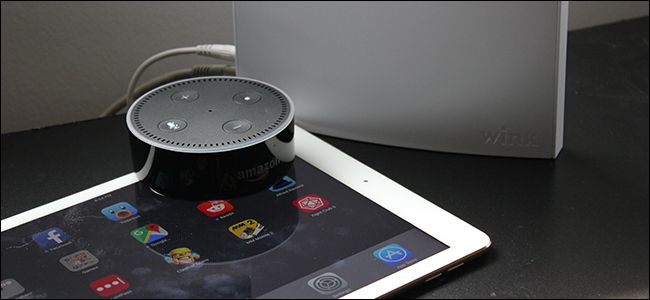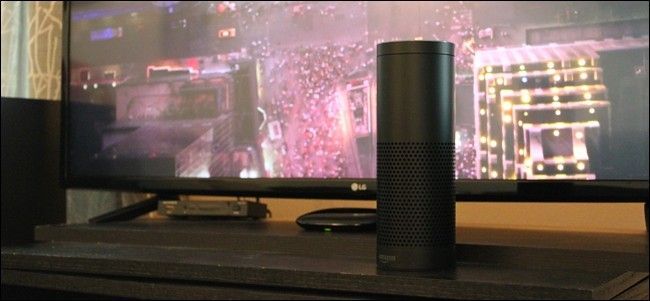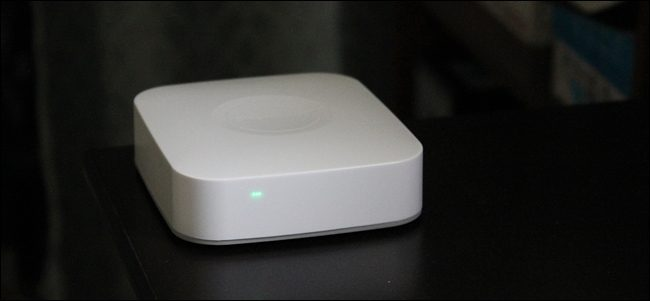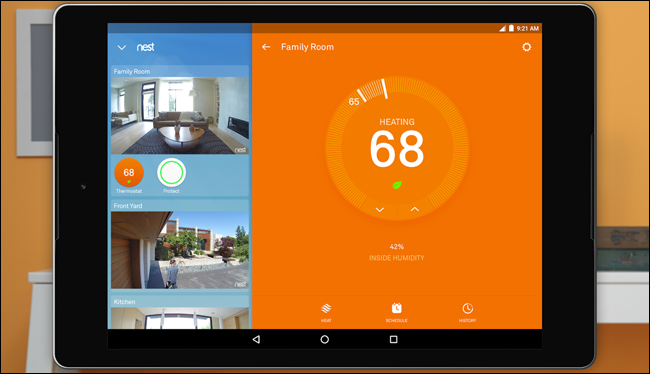The more smarthome products you pile onto your house, the more complicated it gets to integrate all of them together and seamlessly control them. If you're in this situation, here are the best ways you can control all of your smarthome devices.
The Problem
Smarthome is still a very new and sometimes confusing area of technology, and there's no single standard for integrating all of your smarthome gadgets so that you can control them from one simple interface.
The biggest problem is that you have all these smarthome devices set up in your house, each with its own unique app to control only that specific device. I currently have about ten smarthome apps organized inside a folder on my home screen, and if I want to adjust the thermostat and the lights, I need to open up two different apps to do that.
In a perfect world, you could control everything in your house from one app or interface. There's currently no standard to manage that, but there are multiple ways to attack the problem. We'll go over some of the best methods for bringing all of your smarthome devices together for quicker and easier control of everything.
Use a Voice Assistant
A great device for controlling all of your smarthome gadgets doesn't even require using your thumbs and fingers. Instead, you can control everything with your voice by using Alexa, Google Assistant, or Siri.
You can access these voice assistants on your phone, but your best bet is buying a dedicated device to handle all of your voice commands instead---something like the Amazon Echo, Google Home, or Apple's HomePod, which will be released later this year.
You can integrate most (if not all) of your smarthome devices with your voice assistant, and then control them with your voice instead of a touch screen interface, by saying things like "turn the bedroom lights on", "set the thermostat to 75", and "lock all the doors."
Of course, using your voice is still pretty new for some users and isn't quite mainstream just yet, but if you don't like interfacing with a touch screen to begin with, voice is a good route to go.
Get a Smarthome Hub
If you enjoy being able to control all of your smarthome devices from your phone, then that's great. However, having to deal with all of those different apps for different devices can be cumbersome (as explained above), and having just one app to control everything is probably more your speed.
Fear not, because that's what smarthome hubs are here to do. Not only do they allow for smarthome devices to integrate with each other to perform all sorts of complex tasks, but you can use the hub's app to control multiple devices in one interface. Instead of having to opening up your smart thermostat app to set the temperature, and then opening up your smart lights app to adjust the lights, you can do all of that within the same app.
Plus, you can connect different remotes (like this Z-Wave remote) to the hub and assign its buttons to different tasks that you frequently perform with your smarthome devices, making it all even easier to control.
We've tried out multiple consumer-friendly smarthome hubs in the past, including Wink, SmartThings, and Insteon. All three can do the job, but we found Wink to be the best. Of course, you can also use a software platform like Apple's HomeKit, but the list of products compatible with HomeKit is way shorter than the list of products that work with most smarthome hubs.
Use a Dedicated Tablet
If you want to take things up a notch, you can use a dedicated touch screen device to control all of your smarthome gear instead of always relying on your phone.
Repurposing a tablet as your smarthome control device gives you a bit more freedom and allows you to customize the home screen to cater towards smarthome control. You can place all of your smarthome apps on the home screen, and even use shortcuts and widgets for different things (if it's an Android tablet, that is).
You don't even have to spend that much money on a tablet if you don't already have one. You can grab an Amazon Fire tablet for pretty cheap and do a few things to it to get rid of the awful FireOS interface.
From there, you can leave it somewhere always plugged in and powered on so you can quickly control something with ease. If you're really handy, you can even install a recessed outlet and mount the tablet on the wall to give you a really nice smarthome control system that looks like it fits right in with the house.




